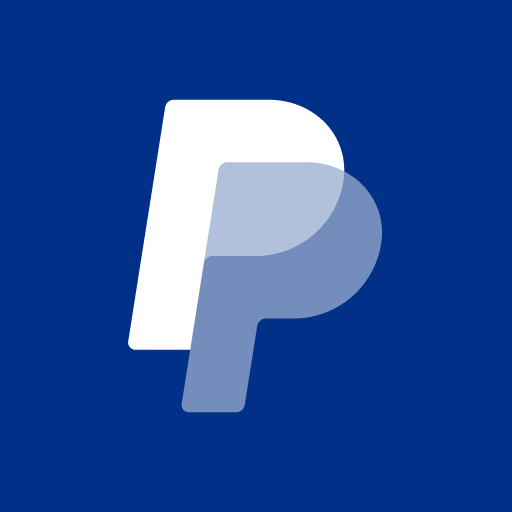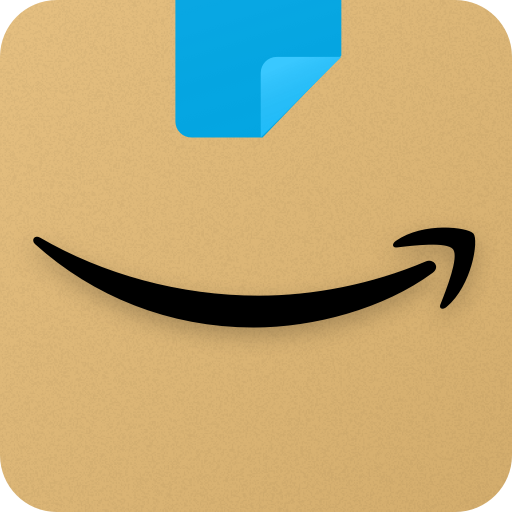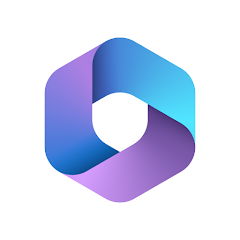Figma: Why This App is Changing the Game for Designers
30th March 2025
Diane Marley
Design tools, including creative software and web design platforms, have significantly evolved from traditional software, which often restricted collaboration, to innovative platforms that prioritize teamwork and efficiency. In this context, **Figma** distinguishes itself by transforming the design process through its unique features, including vector graphics and interactive design capabilities. This discussion will examine how **Figma** differs from conventional design tools, with a particular focus on its **collaborative capabilities** and **cloud-based functionality**. Furthermore, we will explore the **benefits** it provides to designers, including enhanced workflow, cost-effectiveness, and robust design system features, thereby positioning it as a noteworthy advancement in the industry.
The Evolution of Design Tools
The evolution of design tools has profoundly transformed the digital design landscape, enabling designers to develop more intuitive and engaging user interfaces (UI) and user experiences (UX) while incorporating industry standards and design principles.
The emergence of advanced design software has fostered a more collaborative creative process, enabling cross-functional teams to engage in real-time collaboration and optimize their design workflows.
This transformation also signifies a transition towards cloud-based solutions, which have enhanced design accessibility, digital collaboration, and innovation within design practices, thereby ensuring scalability and efficiency in the design industry.
How Figma is Different from Traditional Design Tools
Figma distinguishes itself from traditional design tools through its cloud-based capabilities and emphasis on collaborative design. This allows multiple users to work simultaneously on the same project without the necessity of complex software installations.
In contrast to conventional design software, which often necessitates version control and individual licenses, Figma’s real-time collaboration features, including design sharing and feedback tools, significantly enhance team collaboration and streamline the design workflow, making it the preferred choice for contemporary designers and creative teams.
The platform provides an impressively intuitive interface that simplifies the design process, enabling users to create, iterate, and share their work seamlessly. This unique design methodology not only fosters creativity but also addresses common challenges faced by designers, such as feedback integration and project revisions.
With built-in commenting capabilities, stakeholders can offer insights and suggestions directly on the design canvas, facilitating continuous refinement based on user feedback, thereby promoting iterative design and agile methodology. This dynamic approach ensures that designers can remain agile and responsive to changing requirements, establishing Figma as an essential tool for teams striving to produce high-quality designs efficiently.
Key Features of Figma
Figma presents a comprehensive array of key features that distinguish it within the design software market, primarily emphasizing collaborative design, prototyping, and optimizing the design iteration process for designers.
Its robust design systems facilitate the creation of reusable design assets and components, while a wide selection of plugins and design templates enhances the software's functionality, accommodating various design requirements across projects.
Additionally, Figma's real-time collaboration capabilities significantly enhance the integration of feedback, usability testing, and brainstorming sessions, thereby promoting a more efficient design workflow.
Collaboration and Real-time Editing
Figma's real-time collaboration feature facilitates synchronous design sessions among multiple users, thereby enabling the seamless integration of feedback through collaborative design and fostering a culture of teamwork that enhances overall design efficiency. This capability not only streamlines the design critique process but also enables designers to iterate quickly and effectively, rendering it an invaluable tool for remote work and cross-functional teams, while supporting cross-platform design efforts.
For example, in a recent mobile app design project, teams utilized Figma to collaboratively draft and refine wireframes, allowing for immediate suggestions and modifications that resulted in a 30% reduction in development time. By promoting ongoing dialogue and constructive criticism, designers received instant input on design aesthetics and usability, ultimately refining the final product. This dynamic environment not only alleviates bottlenecks but also cultivates a sense of shared ownership among participants, enhancing the creative workflow.
The agile design environment significantly benefits from such tools, as teams can rapidly pivot in response to stakeholder insights, thereby enhancing overall project outcomes.
Cloud-based Design
The cloud-based design capabilities of Figma offer exceptional accessibility in design, enabling team members to access projects from any device and location, thus supporting digital collaboration. This functionality facilitates remote work and collaboration across diverse digital workspaces.
Such flexibility not only enhances design scalability but also allows designers to efficiently leverage a broad array of design resources and creative tools, irrespective of their physical environment.
The capacity for real-time collaboration fundamentally transforms the operations of design teams, allowing for immediate feedback and iteration. This capability accelerates project timelines and improves final outcomes.
As more professionals adopt cloud collaboration, the design industry is experiencing a significant shift towards more integrated workflows and digital collaboration, wherein ideas can be shared and developed instantaneously.
This evolution fosters a culture of creativity and innovation and enables businesses to scale their operations without the conventional limitations associated with physical assets and restricted resources.
Ultimately, cloud-based tools such as Figma are redefining the design landscape, rendering it more inclusive and adaptable to the evolving demands of modern consumers, promoting design effectiveness and usability.
Benefits of Using Figma for Designers
Utilizing Figma provides numerous advantages for designers, particularly in enhancing design efficiency and streamlining the design workflow, which ultimately leads to increased productivity and better design integration.
Its collaborative features enable real-time editing and facilitate effective integration of feedback, making the design process more agile and responsive to user engagement, usability, and customer input.
Additionally, Figma's cost-effectiveness compared to traditional design software positions it as a favorable option for designers and teams seeking to optimize their budgets without compromising on quality, encouraging broader design community engagement.
Efficiency and Streamlined Workflow
One of the primary advantages of utilizing Figma lies in its capacity to enhance design efficiency through a streamlined workflow that facilitates design automation, design sprints, and supports rapid design iteration. Its features promote design standards across projects, enabling designers to maintain consistency and quality in their work, ultimately resulting in more effective and impactful design solutions.
This is particularly evident with tools such as shared styles and components, which allow teams to implement changes across multiple files with ease. By utilizing the auto-layout functionality, designers can dynamically adapt their layouts, thereby saving time on repetitive tasks.
Figma’s collaborative capabilities promote real-time feedback and communication among team members, significantly reducing the need for lengthy review cycles and enhancing project management. Consequently, these efficiencies not only accelerate project timelines but also enhance the overall quality of design outcomes, enabling teams to deliver innovative solutions more effectively, adhering to design patterns and visual hierarchy.
Cost-effectiveness
Figma's cost-effectiveness positions it as an appealing choice for designers and organizations seeking to optimize their budgets while still gaining access to high-quality design tools and resources, including artboards and component libraries. By eliminating the necessity for expensive licenses and offering a versatile platform capable of handling various design tasks, Figma cultivates a collaborative community among designers, enabling more effective sharing of resources.
This financial advantage can significantly alleviate budget constraints, allowing teams to allocate more funds toward creativity, innovation, and user-centered design rather than software expenditures. With subscription models that include free plans, even small startups or freelancers can utilize professional-grade tools without the burden of substantial upfront investments.
This accessibility not only enhances collaboration among peers but also fosters greater engagement within the design community, encouraging knowledge sharing, design education, and collective problem-solving that might otherwise be hindered by the financial limitations associated with traditional software.














